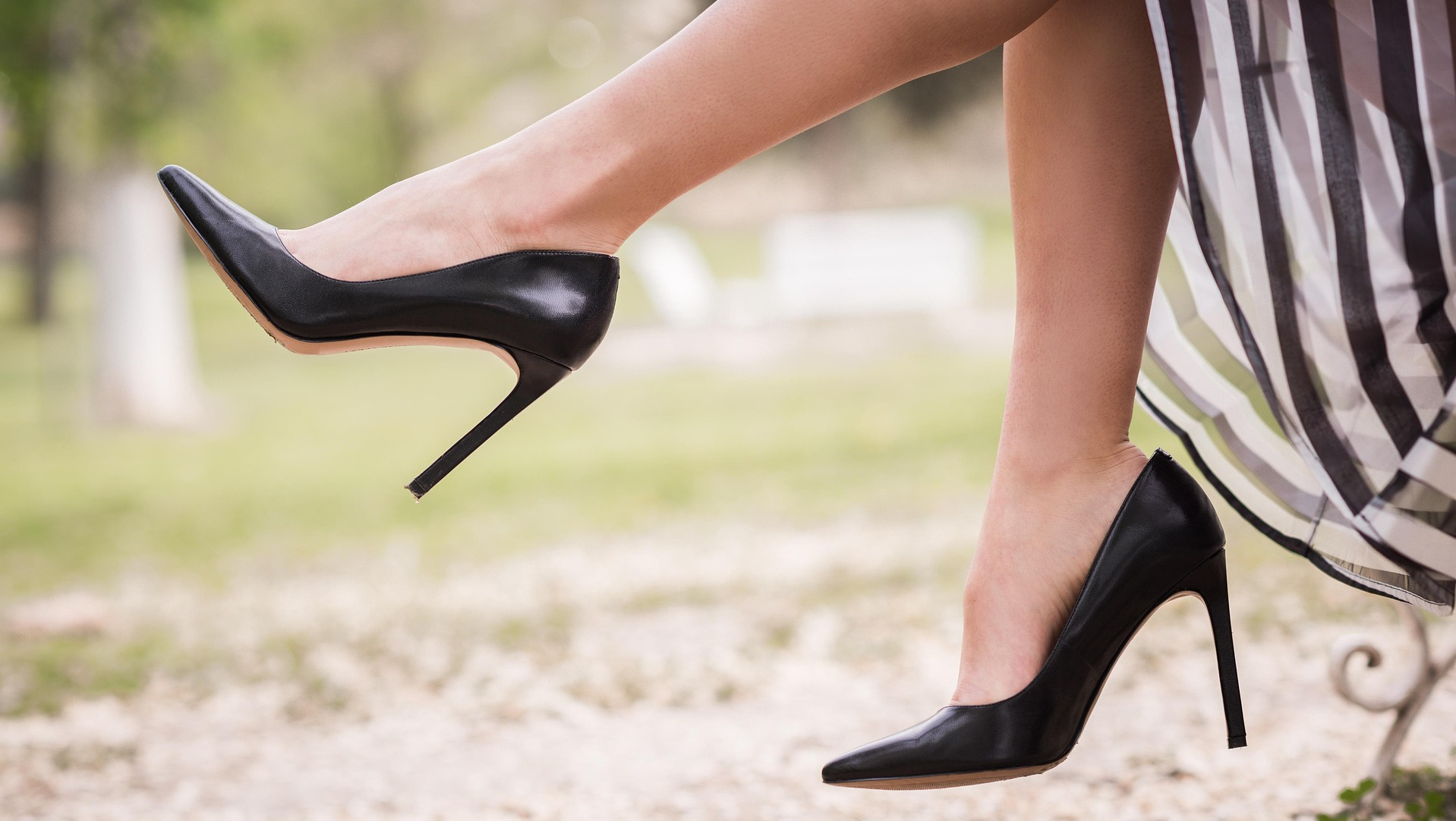Heel Spurs: Causes, Remedies, and Treatment
A heel spur, also known as a calcaneal spur, is a bony growth that develops on the underside of the heel bone. It often forms due to calcium deposits building up over time and is commonly associated with plantar fasciitis, a condition that causes inflammation in the tissue that supports the arch of the foot.
What Causes a Heel Spur?
Heel spurs typically develop due to repetitive stress on the foot, leading to inflammation and the formation of extra bone. Some common causes include:
- Plantar fasciitis – Chronic irritation of the plantar fascia can lead to heel spurs.
- Poor footwear – Shoes with inadequate arch support or worn-out soles can contribute.
- Obesity – Extra weight puts more pressure on the heels.
- High-impact activities – Running, jumping, and long periods of standing can trigger heel spurs.
- Flat feet or high arches – Abnormal foot structure affects weight distribution.
Many people with heel spurs don’t experience pain, but when they do, the discomfort can be sharp and stabbing, especially after waking up in the morning or standing after long periods of rest.
When to See a Doctor
While home remedies can help, you should seek medical attention if:
- Pain persists for more than a few weeks, despite treatments.
- The pain worsens and affects daily activities.
- There is swelling, redness, or signs of infection.
Lifestyle Changes to Prevent Heel Spurs
Wear Supportive Shoes
Avoid flat shoes, sandals, flip-flops, and unsupportive sneakers. Instead, choose well-cushioned shoes with good arch support. Get custom orthotics from a podiatrist if needed.
Maintain a Healthy Weight
Excess body weight puts additional strain on your feet. Losing even a small amount of weight can significantly reduce heel pain.
Modify Activities
If high-impact exercises worsen symptoms, switch to low-impact activities like swimming, cycling, or using an elliptical machine.
Home Remedies for Heel Spurs
Heel spurs can be painful but manageable with home remedies, lifestyle changes, and possibly medical treatments. Addressing the underlying causes—such as poor footwear, excessive strain, or inflammation—is key to long-term relief. If symptoms persist despite trying multiple remedies, consult a podiatrist for a professional evaluation.
Rest and Foot Support
Giving your feet proper rest can help reduce inflammation and prevent further irritation. Avoid excessive standing or walking on hard surfaces, and wear well-cushioned shoes with good arch support.
Ice Therapy
Applying an ice pack to the heel for 10-15 minutes several times daily can help reduce inflammation and numb pain. Simply, freeze a water bottle and roll it under your foot.
Epsom Salt Soak
A warm Epsom salt foot soak can relieve discomfort. Add ½ cup of Epsom salt to warm water and soak your feet for 15-20 minutes. The magnesium in Epsom salt helps relax muscles and reduce inflammation.
Massage Therapy
Massaging the affected area improves circulation and reduces tightness in the plantar fascia. You can use:
- A tennis ball or frozen water bottle to roll under your foot.
- Coconut or essential oils for deep tissue massage.
Turmeric (Curcumin)
Turmeric has natural anti-inflammatory properties. Take 500 mg of curcumin supplements or mix 1 teaspoon of turmeric powder in warm milk and drink daily.
Capsaicin Cream
A cream containing capsaicin (from chili peppers) can help relieve pain by blocking pain signals. Apply a small amount to the affected area twice daily, but be careful—it may cause a mild burning sensation.
Stretching Exercises
Gentle stretching of the plantar fascia and Achilles tendon can help reduce strain on the heel:
- Towel Stretch: Sit with your leg extended, loop a towel around your foot, and pull it toward you.
- Calf Stretch: Stand facing a wall, place hands on the wall, and step one foot back, keeping it straight while bending the front knee.
- Toe Stretch: Pull your toes back toward your shin while sitting.
Over-the-Counter (OTC) Treatments for Heel Spurs
Pain Relievers
Nonsteroidal anti-inflammatory drugs (NSAIDs) like ibuprofen (Advil, Motrin) or naproxen (Aleve) can help reduce swelling and pain.
Heel Cups and Shoe Inserts
Orthotic inserts and gel heel cups provide extra cushioning and reduce pressure on the heel spur. They are available at most drugstores and are an easy way to relieve daily pain.
Night Splints
Wearing a night splint keeps the foot stretched, reducing morning pain. These can be found online or at pharmacies.



